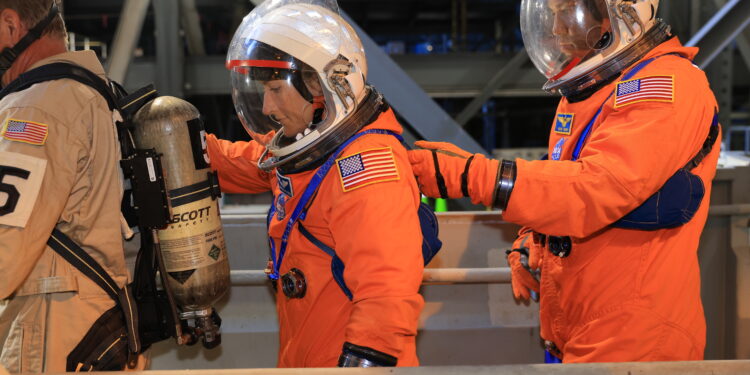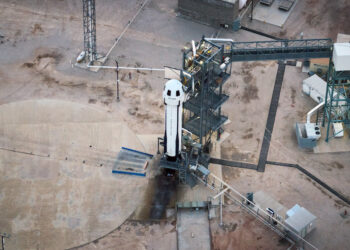The Artemis II crew recently conducted a simulation of night launch procedures at the Kennedy Space Center. This exercise was an important part of their preparation, helping them to familiarize themselves with scenarios they might encounter during their mission. The crew practiced each step, ensuring they are ready for any situation that requires prompt and accurate responses under nighttime conditions.
Importance of the Simulation
The night launch simulation is crucial because it allows the astronauts to experience conditions that differ from daytime launches. The reduced visibility during nighttime requires the crew to rely more heavily on their instruments and communication with ground control. Such simulations enhance their readiness and improve their ability to handle unexpected events during the actual Artemis II mission.
Details of the Exercise
The exercise included several stages, each designed to test different aspects of mission preparedness. Some of the key components of this simulation were:
- Pre-launch checks and procedures under limited light conditions.
- Coordination with ground control for navigation and other essential operations.
- Practicing emergency protocols that might be required if issues arise during launch.
Looking Forward
The success of such simulations plays a vital role in the broader objectives of the Artemis program. As NASA progresses toward the upcoming mission, these exercises ensure that the crew is equipped with the skills and experience necessary for a safe and successful launch. With this preparation, the Artemis II mission can achieve its goal of demonstrating the capabilities required for extended lunar exploration.
For more details about the simulation and the Artemis II mission, you can visit the source article.






















